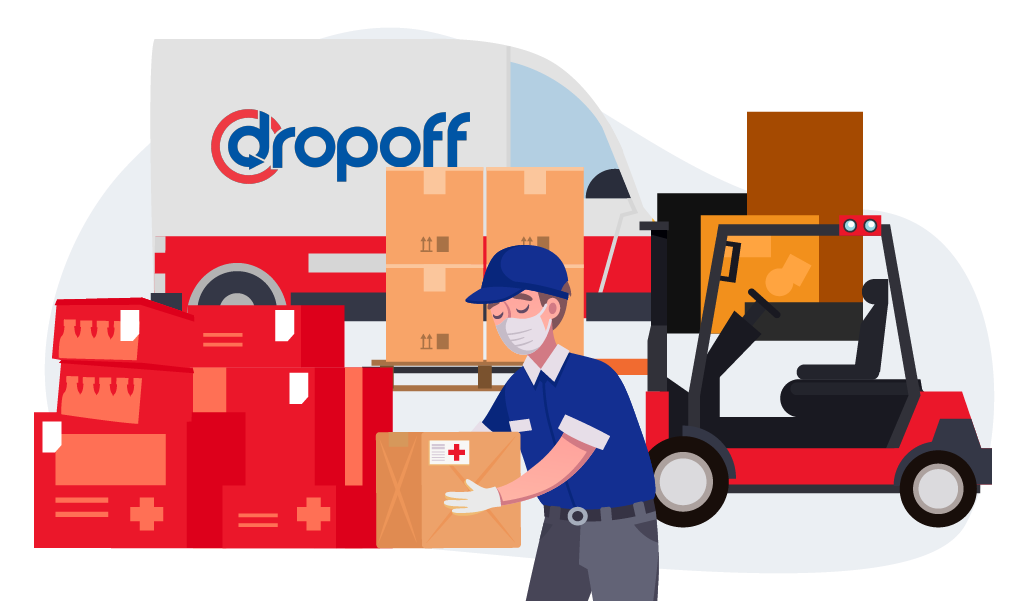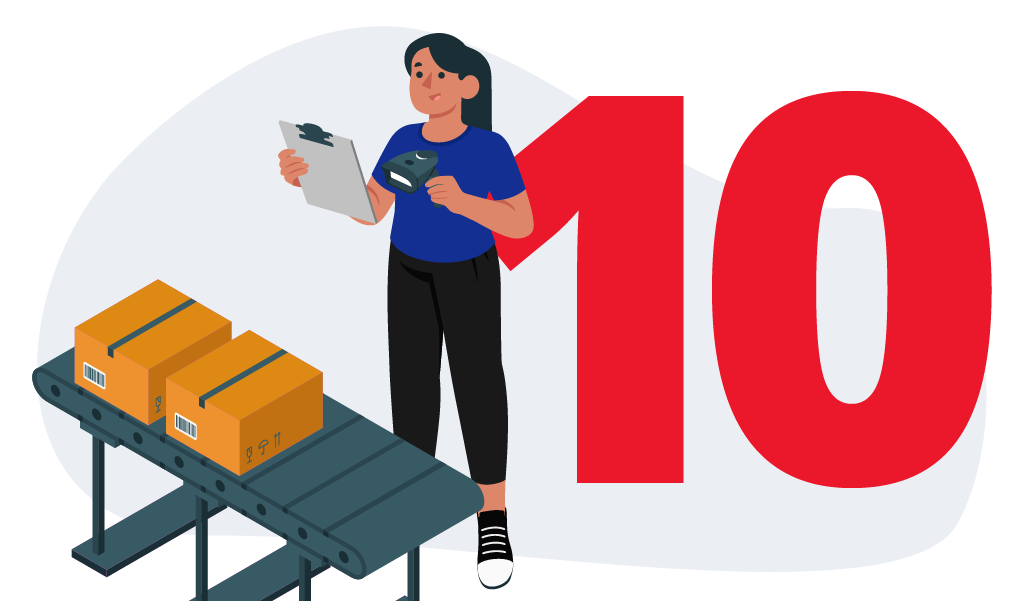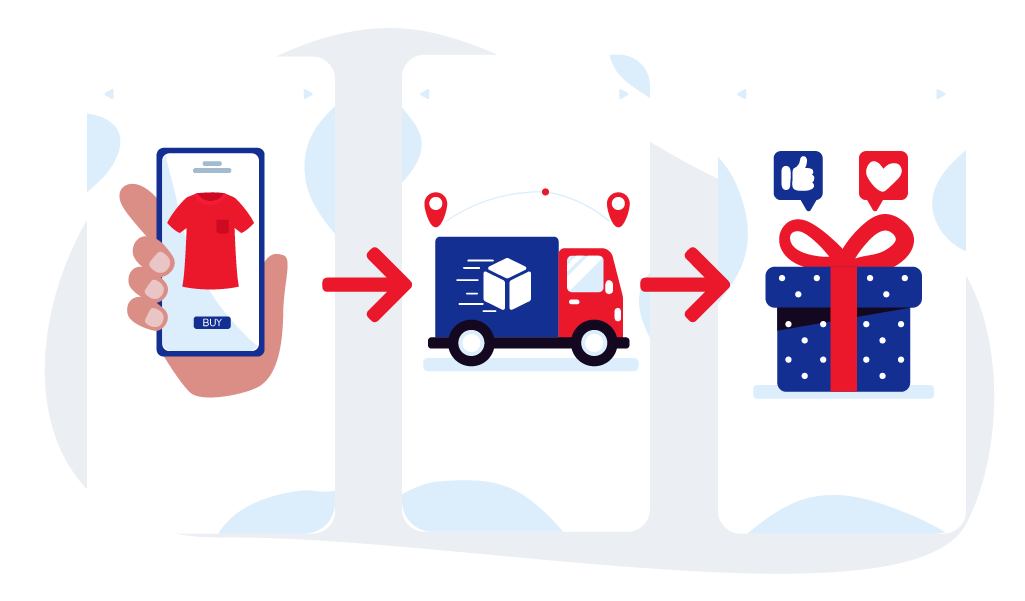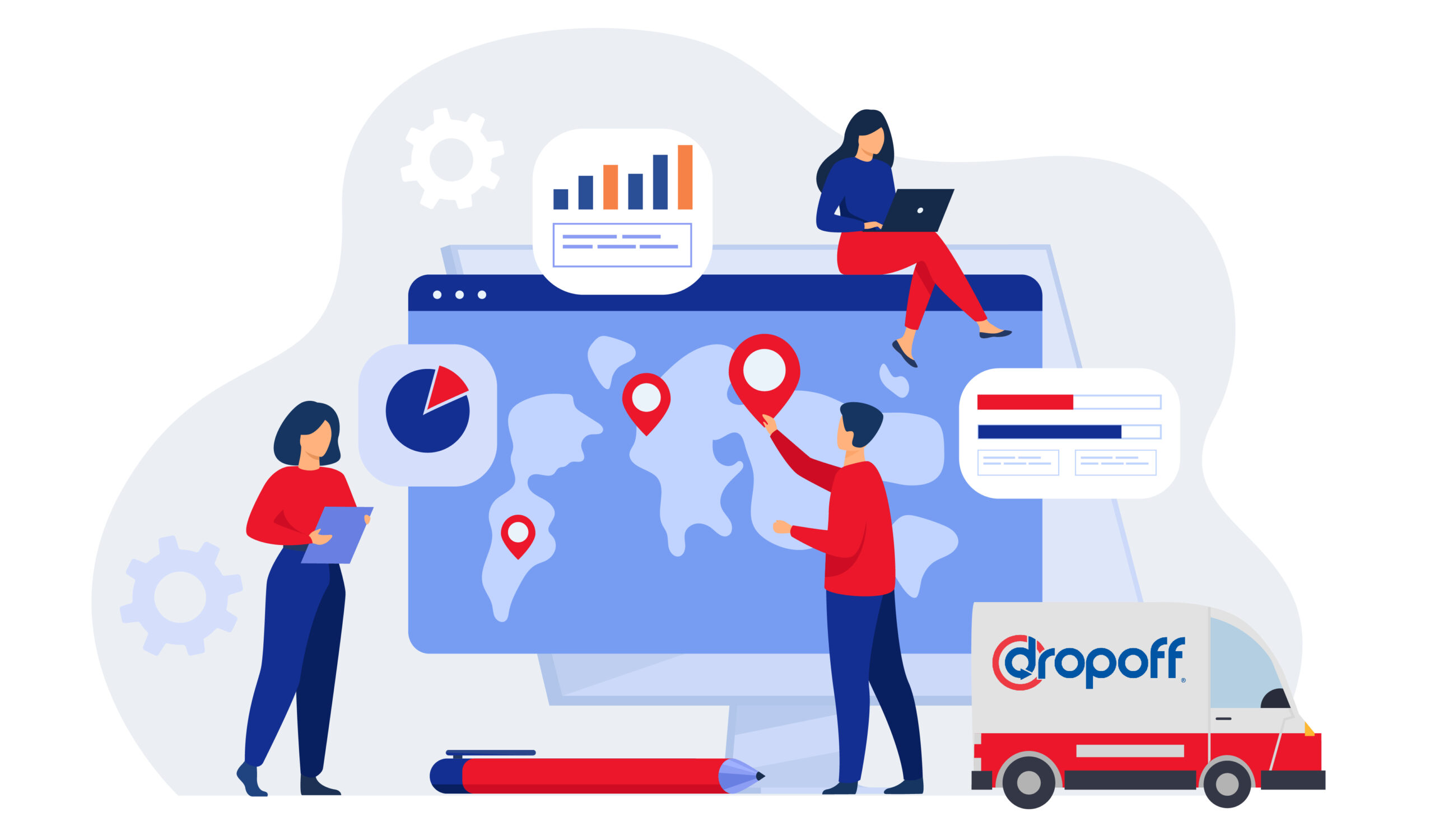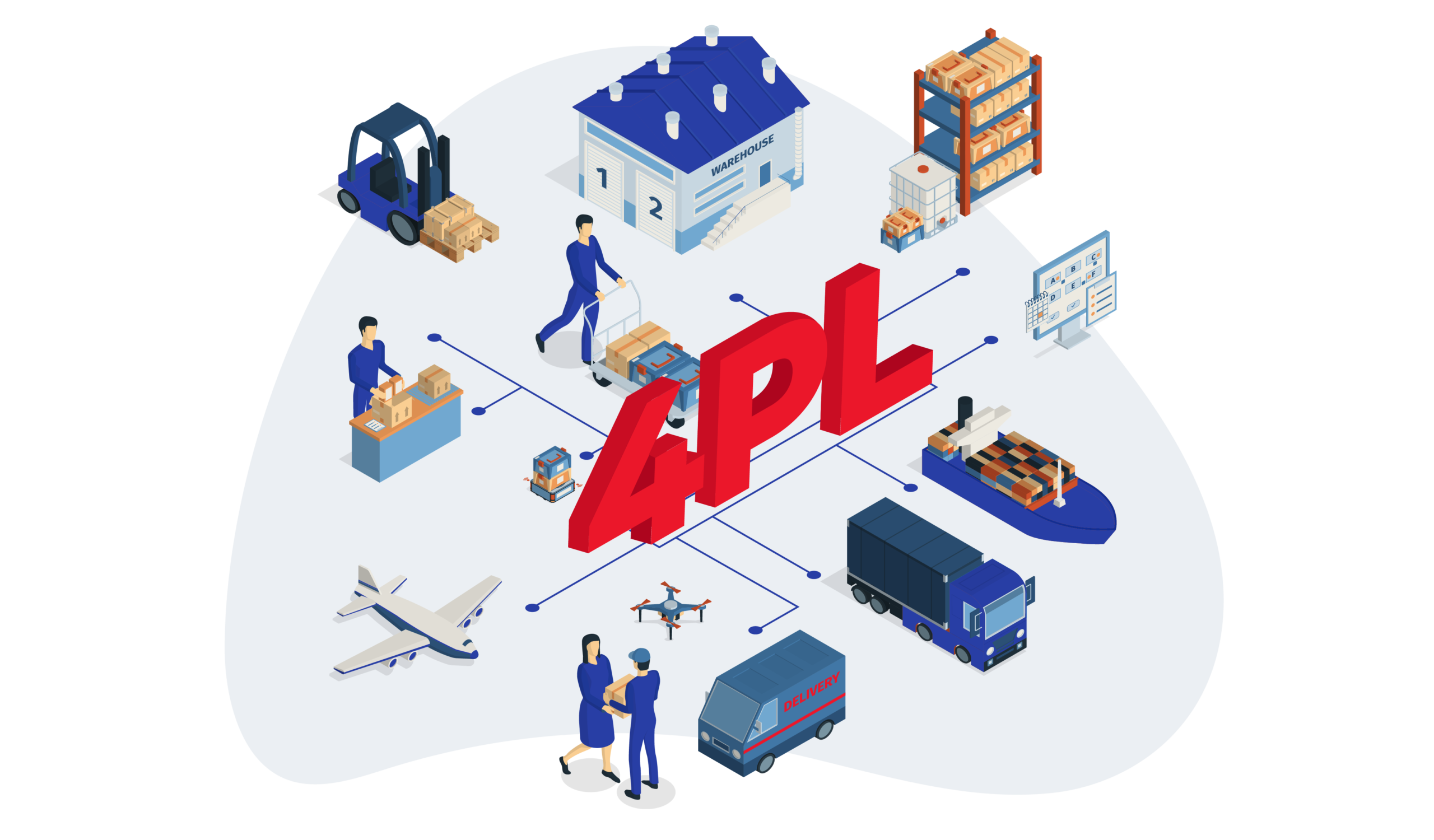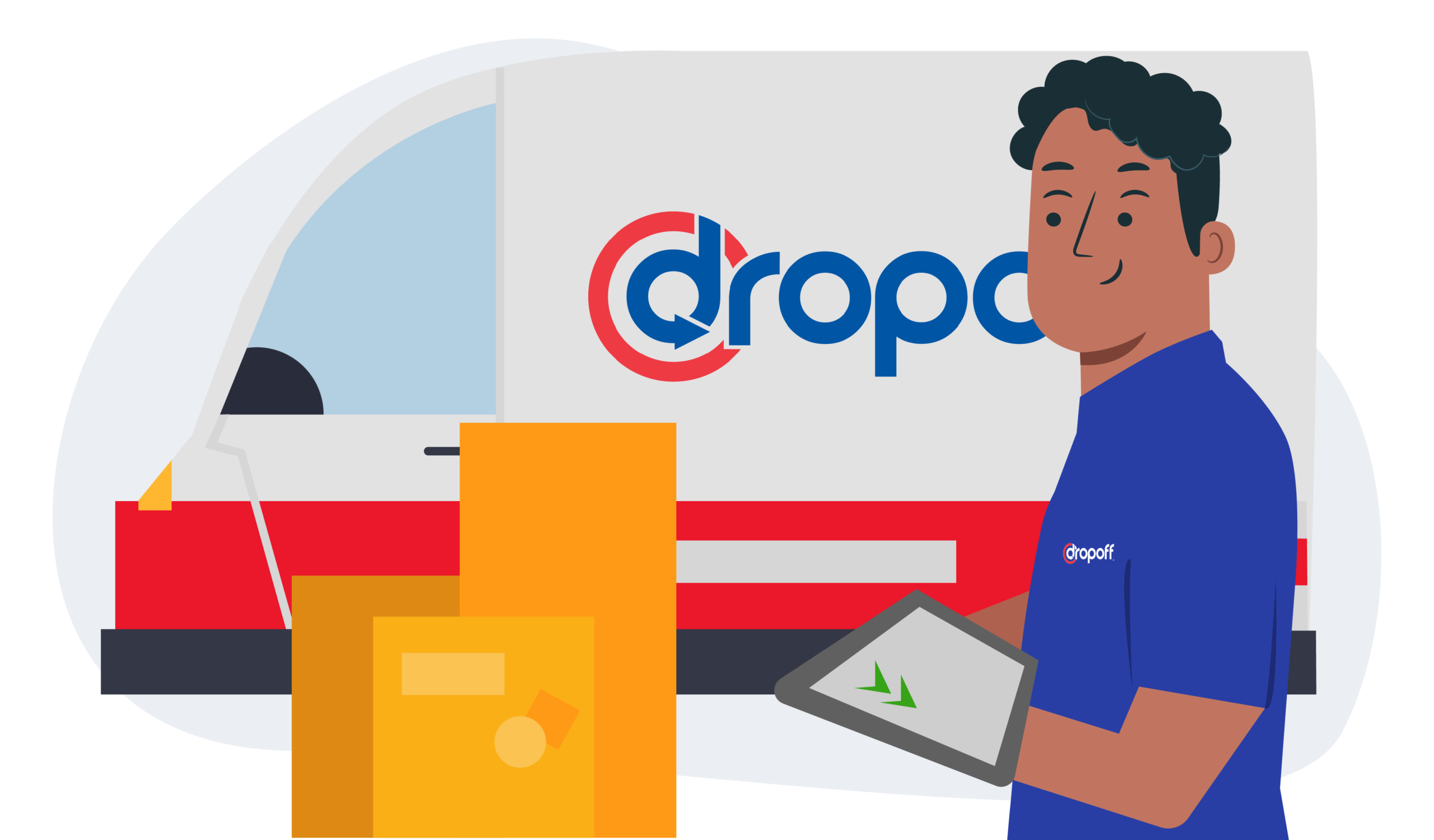Last-Mile Delivery Experience – 15 Tips To Improve It For Your Customers
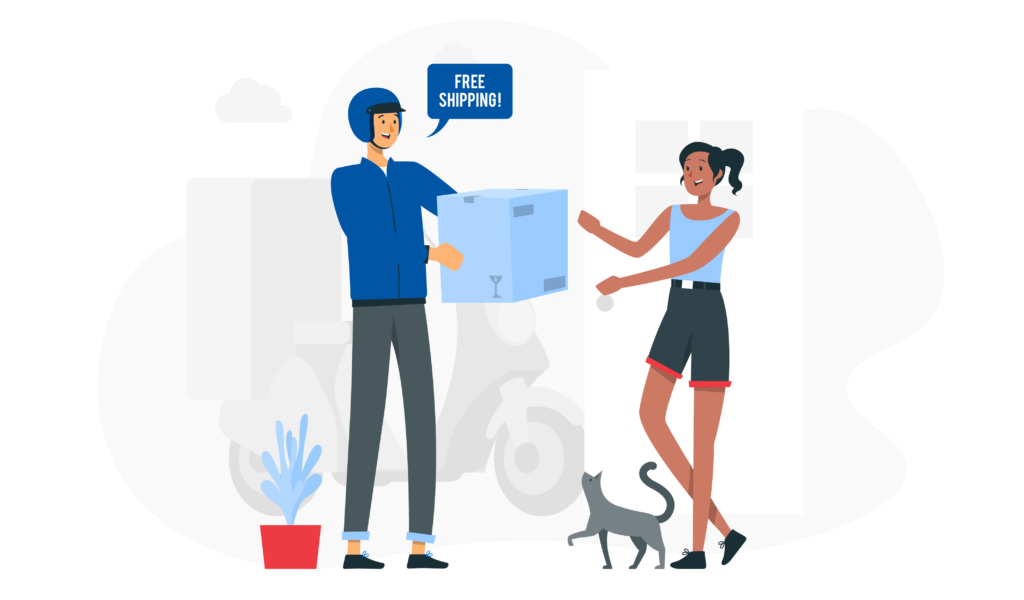
In today’s business landscape, your online reputation holds immense significance. In a world where a single negative review can substantially impact your business, ensuring the implementation of a highly efficient delivery system becomes paramount. This system should not only concentrate on achieving customer satisfaction but also on fostering customer loyalty. This is especially true for budding eCommerce brands.
This article will delve into practical tips to enhance your last-mile delivery experience to ensure that your products and operations alike leave a lasting impression on your customers.
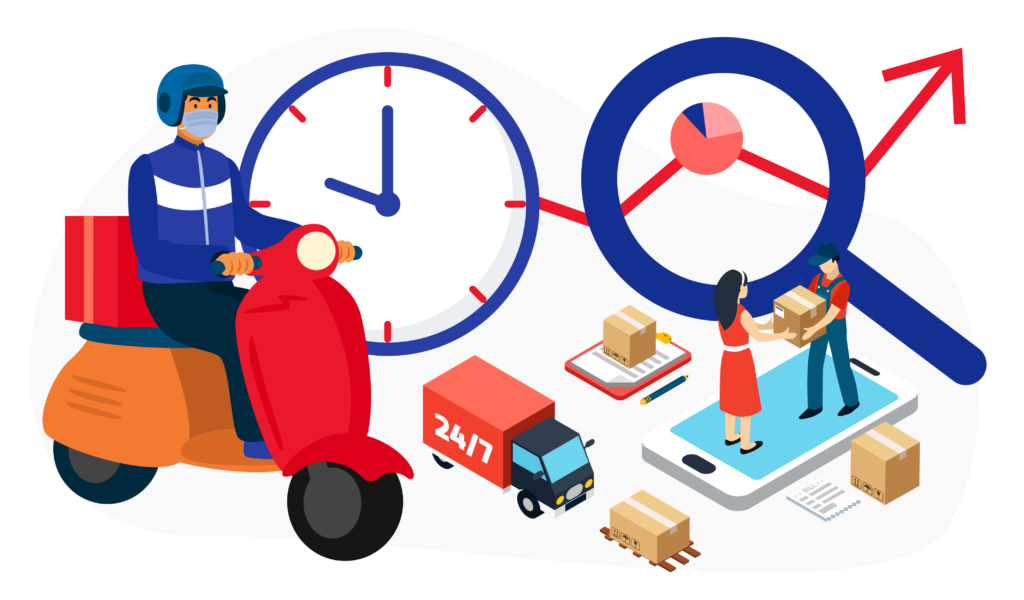
How to Measure the Last-Mile Customer Experience
Before delving into improvements, it’s crucial to understand how to measure the last-mile customer experience. Utilize key metrics to gain insights into areas that require attention and enhancement:
Order Accuracy
Assess how accurately orders are fulfilled, minimizing errors in product selection and ensuring the right items reach customers. The average order accuracy rate for eCommerce brands is 96-98%. Anything below 95% needs improvement.
Average Service Time
Measure the average time it takes from order placement to delivery, providing insights into the efficiency of your last-mile operations. Today, most last-mile delivery operators deliver packages to their final destination within 1-2 business days. However, some can dispatch packages within 2 hours upon the start of the last-mile leg.
Damage Claims
Recent surveys suggest that 20% of eCommerce returns are attributed to damaged products. Track and analyze instances of damaged goods during delivery to address any vulnerabilities in the packaging or handling processes. Aside from this, ensure an efficient reverse logistics operation within your supply chain for effective returns management.
Time of Delivery
More than 51% of online retailers now provide same-day delivery. Evaluate the punctuality of deliveries concerning the promised time, ensuring customers receive their orders within the expected timeframe.
Tracking Accuracy
The tracking accuracy of your delivery should be 95-98%. Evaluate the precision and reliability of real-time tracking systems to ensure customers receive accurate and up-to-date information about the location and status of their deliveries.
Customer Reviews
Gather and analyze feedback from customers, understand their experiences, and identify areas for improvement in your last-mile delivery experience. Trustpilot, a third-party online review platform, considers 3.8 stars to be the standard for a good rating.
Cost per Mile
Calculate the cost incurred for each mile traveled during the last-mile delivery, offering insights into the efficiency of your logistics and potential cost-saving measures. The average charge per mile for deliveries in the US ranges from $1.50 (for standard cars) to $2.00 for pickup trucks.
5 Common Mistakes in Last-Mile Delivery Experience Management
Identifying and rectifying common mistakes is the first step toward improvement. Let’s delve into each prevalent error to understand its impact:
1. Inaccurate Delivery Estimates
Providing customers with inaccurate delivery timeframes can lead to frustration and disappointment, so much so that 65% of consumers say they will abandon shopping from a retailer after 2-3 late deliveries. Precise estimates are crucial for managing customer expectations and building trust in your delivery service.
2. Poor Communication
Insufficient communication at various stages of the delivery process can leave customers in the dark. 4 out of 5 consumers said it’s important that businesses proactively communicate every fulfillment and delivery stage. Whether it’s order confirmation, shipping updates, or delivery notifications, clear and timely communication is essential for a positive last-mile customer experience.
3. Inefficient Returns Management
Neglecting an efficient returns management system can result in complications and dissatisfaction. A seamless return process enhances customer convenience and contributes to overall satisfaction. 92% of consumers surveyed said that they would buy again if the product return process was easy, whereas 79% of consumers wanted free return shipping.
4. Lack of Sustainability Practices
In 2023, 86.4% of consumers said they consider sustainability when buying online. Disregarding sustainable delivery practices can not only harm the environment but also impact your brand reputation. Implementing eco-friendly initiatives in your last-mile delivery contributes to a positive public image and aligns with evolving consumer values.
5. Disregard for Personalized Customer Communication
Over three-quarters of customers said personalized messages were essential in enhancing their consideration of a brand. Treating customers as individuals with unique preferences and needs is crucial. Generic communication can lead to a lack of connection. Personalizing customer communication enhances the overall last-mile delivery customer experience and fosters customer loyalty.
Should You Always Give In to the Requests of Your Customers?
Balancing customer expectations and business operations is crucial in the context of last-mile delivery. While it’s important to prioritize customer satisfaction, giving in to every whim may not always be feasible or beneficial for the business.
It’s essential to find a middle ground where customer needs are met within the business’s operational capabilities. Clear communication, setting realistic expectations, and implementing customer-friendly policies can contribute to a positive last-mile delivery experience without compromising the efficiency and sustainability of the overall delivery process. Ultimately, a strategic approach that considers both customer demands and operational constraints is key.
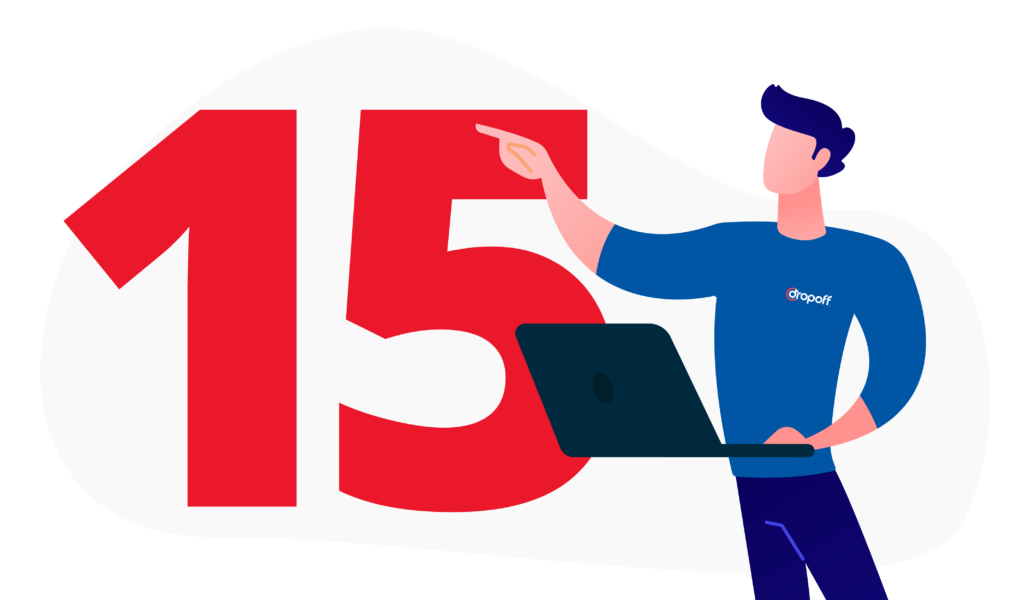
15 Tips to Improve Last-Mile Delivery Experience
Improving the last-mile delivery experience might seem tough. It could mean making big changes to your whole supply chain so that every part works well for the final leg of delivery.
But don’t worry, you can start small. Instead of changing your whole delivery system, you can make a few adjustments here and there to make it work better. Here are some ideas from top brands:
1. Gather Data About Your Delivery Experience
Implement systems to collect and analyze data related to delivery times, delivery experience feedback, and common issues.
Example: Amazon
In the quest for optimized last-mile delivery, Amazon leverages advanced data analytics. Their use of Big Data aids in collecting crucial information, including customer locations and shipping addresses. This data-driven approach reduces delivery costs by matching the closest warehouse to the consumer, resulting in both cost savings and reduced waiting times.
2. Identify Pain Points and Set Focuses for Improvement
Pinpoint areas of customer dissatisfaction and strategize focused improvements to address these pain points.
Example: FedEx
FedEx, a logistics powerhouse, employs consumer emotion measurement to pinpoint significant pain points in the customer journey. This detailed understanding allows FedEx to effectively prioritize and address the most crucial pain points.
3. Set Real-Time Tracking and Communication
Provide customers with real-time tracking options and proactive communication throughout the delivery journey.
Example: UPS
UPS stands out by providing customers with real-time tracking updates and proactive communication through their app. This commitment to transparency ensures customers are well-informed about their deliveries, with specialized real-time tracking for specific industries such as healthcare.
4. Consider Flexible Delivery Options
Offer flexible delivery choices, including time slots, locations, and even alternative delivery methods like lockers or pick-up points.
Example: DHL
DHL takes flexibility to the next level by offering on-demand flexible delivery options. Customers can choose delivery times and locations or opt for alternative methods like parcel lockers. This flexibility caters to individual preferences, enhancing the overall delivery experience.
5. Estimate Accurate Delivery Time
Set realistic delivery timeframes and communicate them transparently to manage customer expectations effectively.
Example: Postmates
Postmates excels in setting clear and realistic delivery timeframes. By accurately communicating delivery expectations, Postmates ensures customer satisfaction. The emphasis on “Postmate wait time” showcases a commitment to efficiency in the delivery process.
6. Research Sustainable Delivery Practices
Embrace eco-friendly and sustainable delivery practices to appeal to environmentally conscious consumers.
Example: DPDgroup
DPDgroup champions sustainability through its Driving Change campaign. The campaign includes ambitious goals like achieving 85% electric vehicles by 2030, diversifying the long-distance transport fleet for lower emissions, and adopting renewable energies. These eco-friendly practices align with the increasing demand for sustainable delivery options.
7. Ensure Efficient Returns Management
Streamline the returns process, making it hassle-free for customers and cost-effective for your business.
Example: Zappos
Zappos has become synonymous with a generous return policy. Customers can return items for any reason, even if they’ve been worn. To enhance efficiency, Zappos implemented an automated system that streamlines return processes, making them hassle-free and cost-effective.
8. Personalize Customer Communication
Tailor communication to each customer, using personalized messages and updates to enhance the overall experience.
Example: HelloFresh
HelloFresh takes personalization to the next level by tailoring communication with personalized messages and updates through AI. This approach creates an engaging, customer-centric delivery experience beyond generic interactions.
9. Work on Collaborative Delivery Models
Explore partnerships with local delivery services or crowd-sourced delivery options for a more collaborative and efficient approach.
Example: Starbucks
Starbucks collaborated with Postmates through “Starbucks On-Demand,” offering customers an efficient last-mile delivery experience. This collaborative approach enhances convenience and service by allowing customers to place coffee orders via the Starbucks app and leveraging local delivery options.
10. Set Employee Training to Boost Professionalism
Invest in employee training programs to enhance professionalism and customer interaction skills.
Example: UPS
UPS recognizes the importance of a well-trained workforce. UPS employees undergo comprehensive training programs covering safety, driving, customer service, and role-specific skills. This commitment ensures high professionalism and effective customer interaction throughout the delivery process.
11. Utilize Technology for Route Optimization
Implement route optimization tools to streamline delivery routes, reducing delivery times and costs.
Example: Walmart
Walmart integrates routing and loading optimization deeply with replenishment planning, utilizing adaptive learning algorithms. This innovative approach generates optimal store orders and minimizes transportation costs, showcasing the transformative power of technology in efficient route planning.
12. Implement Contactless Delivery Options
Cater to changing preferences by offering contactless delivery options, ensuring safety and convenience.
Example: Domino’s
Domino’s responds to changing preferences with contactless delivery options, especially during the COVID-19 pandemic. By offering customers the choice of receiving orders safely with minimal contact, Domino’s aligns with safety concerns and convenience.
13. Utilize Smart Packaging Solutions
Invest in packaging that ensures the safety of products and minimizes the risk of damage during transit.
Example: Italian Olive Oil Brands
Italian olive oil brands Buonamici, La Ranocchiaia, SPO, and Il Cavallino embraced smart packaging solutions by incorporating NFC tags into their product lines. These tags enhance consumer engagement by delivering product information and relevant content to customers’ smartphones, showcasing the integration of technology into packaging for a more informed delivery experience.
14. Encourage Delivery Experience Feedback and Reviews
Actively seek and utilize customer feedback to continuously improve and refine your last-mile delivery experience.
Example: Uber Eats
UberEats actively seeks and utilizes customer feedback to continually improve its last-mile customer experience and customer loyalty. This customer-centric approach contributes to a positive and evolving last-mile experience, ensuring customer input is valued and incorporated into service enhancements.
15. Monitor and Adapt to Market Trends
Stay informed about evolving market trends and technologies, adapting your last-mile strategies accordingly.
Example: Instacart
Instacart stays informed about evolving market trends, adapting its last-mile strategies to meet changing customer demands and preferences. By remaining flexible and responsive to market dynamics, Instacart remains at the forefront of the dynamic and competitive delivery landscape.
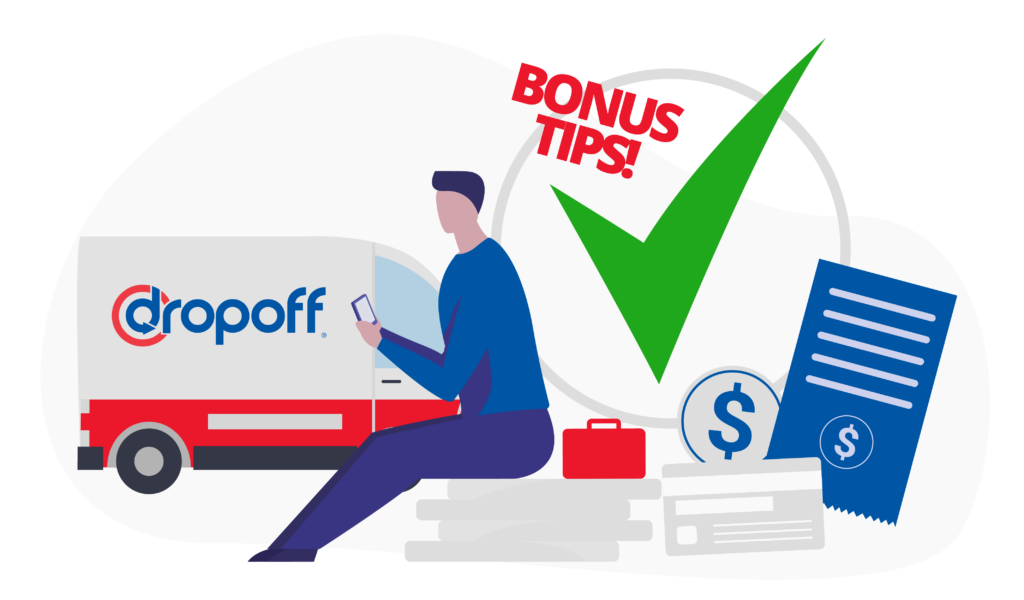
The Bonus Tip to Improve Your Last-Mile Delivery Customer Experience
As you delve into implementing these valuable tips to optimize your last-mile delivery, a pivotal strategy for elevating customer satisfaction is considering the delegation of logistics, such as Dropoff, to seasoned professionals.
Outsourcing delivery operations to a proficient third-party logistics provider can be a game-changer, saving you valuable time and resources. The expertise of companies like Dropoff extends beyond efficient delivery—they bring a deep understanding of industry trends, helping you future-proof your last-mile strategy. By entrusting your logistics to the experts, you enhance operational efficiency and ensure a reliable and customer-centric last-mile delivery experience.
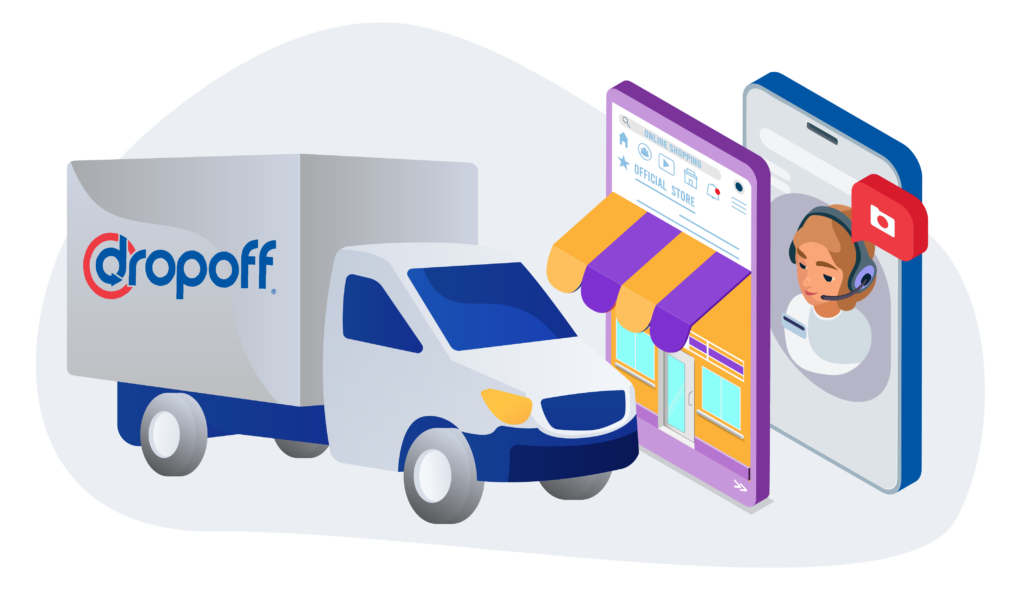
How Dropoff Can Improve Last-Mile Delivery Experience For Your Customers
Experience a significant boost in your last-mile delivery experience with Dropoff, a specialized logistics provider renowned for its efficiency and reliability in last-mile deliveries. Leveraging Dropoff’s expertise ensures timely and secure deliveries, leading to heightened customer satisfaction and a streamlined logistics process.
Dropoff has unparalleled expertise in planning exceptional last-mile delivery experiences, specializing in prompt same-day deliveries for businesses. Our extensive industry experience spans various sectors, including retail, industrial, and healthcare, providing tailored solutions for small to medium-sized enterprises and eCommerce platforms alike.
Join the ranks of over 270 global brands that rely on Dropoff for dependable and efficient last-mile logistics, ensuring your position at the forefront of the ever-evolving last-mile delivery landscape.
Final Thoughts
Prioritizing the last-mile delivery experience is a strategic move for eCommerce success. By implementing these tips and considering professional logistics solutions, businesses can navigate the challenges of the last mile and create a positive and memorable experience for their customers.
A great delivery experience encompasses timely, reliable, and transparent services, including accurate order fulfillment, clear communication, flexible options, personalized engagement, and sustainability practices.
Real-time tracking provides customers with visibility into their order’s location and estimated arrival time, reducing anxiety and enhancing overall satisfaction.
Sustainable delivery practices not only appeal to environmentally conscious consumers but also contribute to a positive brand image, attracting a broader customer base.
Employee training ensures that delivery personnel exhibit professionalism, effective communication, and problem-solving skills, contributing to positive customer interaction.

